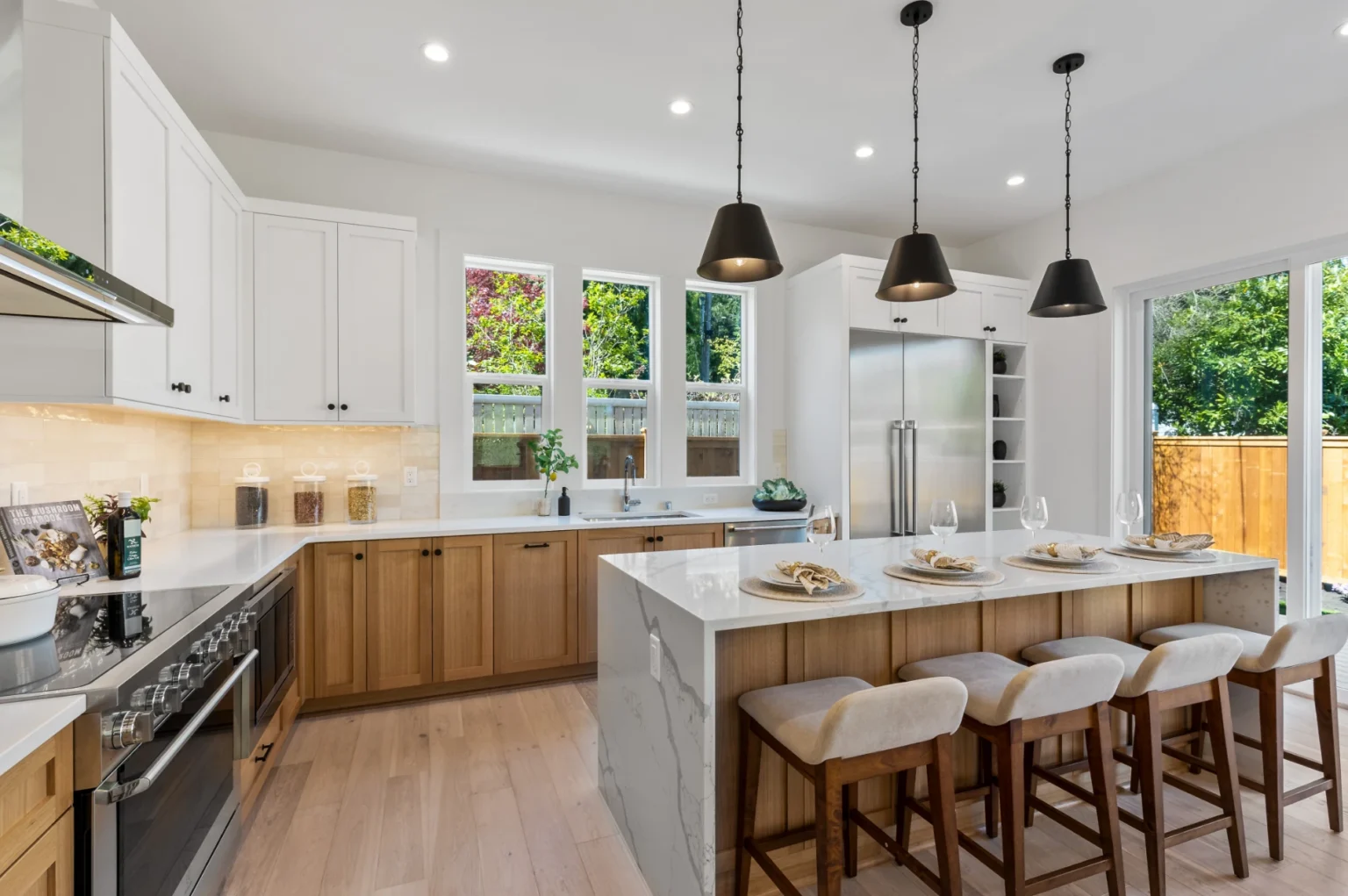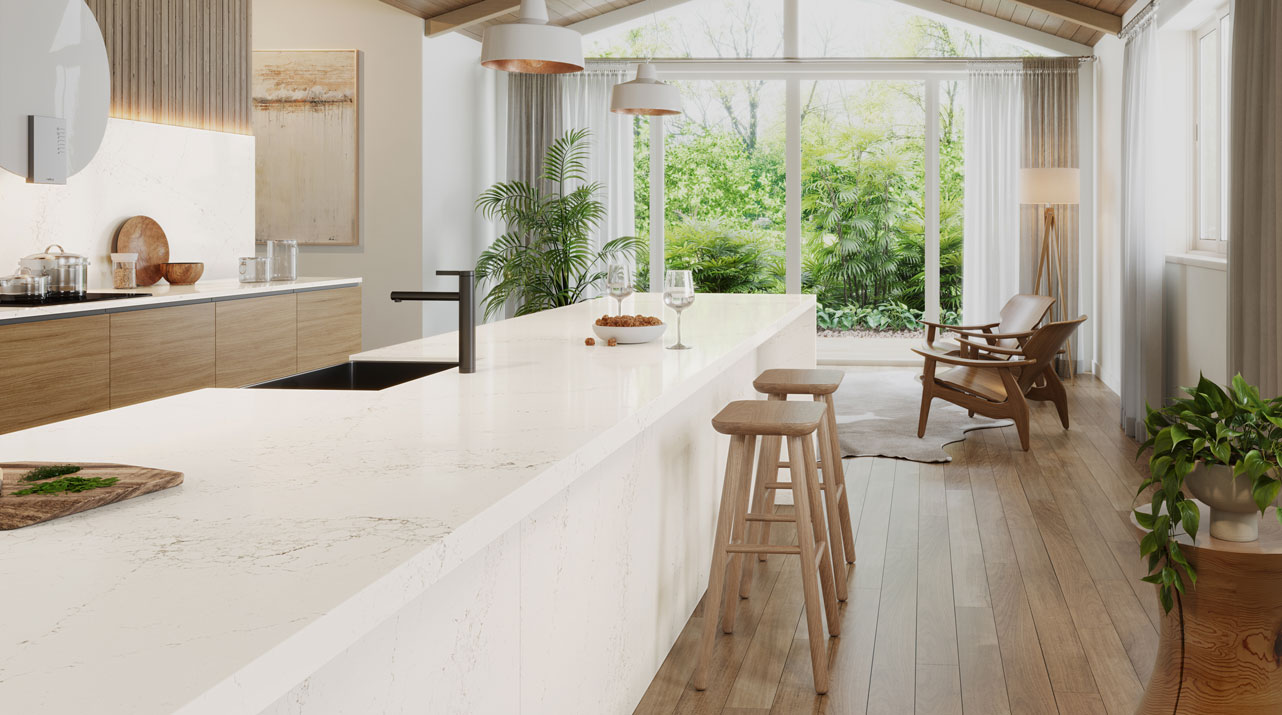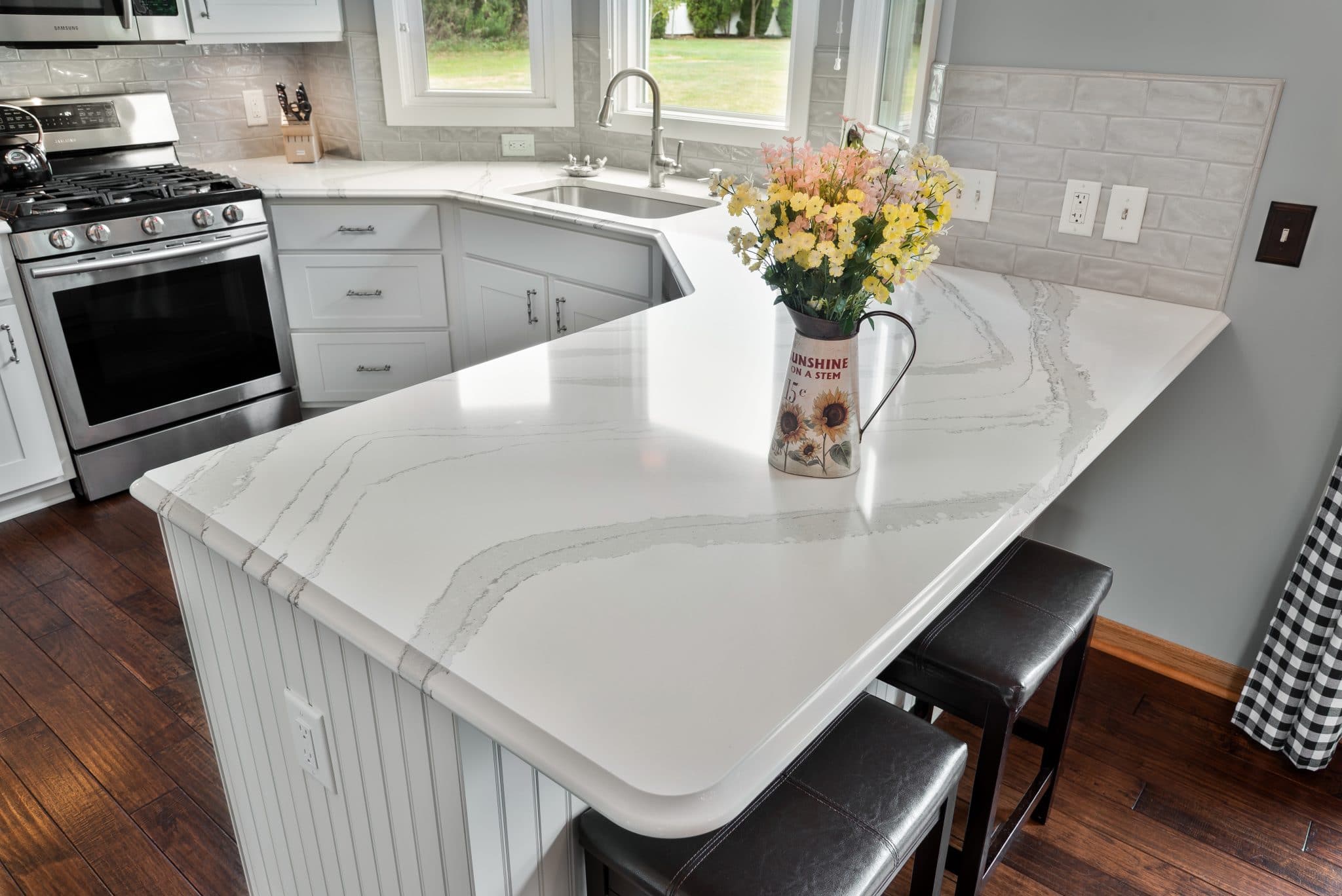
The kitchen occupies a truly distinctive position within our homes, functioning as much more than just a place to prepare meals. Unlike other spaces where design might prioritize furniture arrangement or decorative elements, the kitchen serves as a dynamic hub where functionality must seamlessly integrate with form and aesthetics. It represents one of the most significant financial commitments many homeowners make, meaning that each design choice carries considerable weight and long-term impact.
Crafting a truly successful kitchen space is perhaps less about adhering to rigid, universal rules and more about embracing insightful perspectives that can guide your specific decisions. It involves thoughtfully considering everything from major structural or purchasing choices, such as layout and appliances, down to the finer decorative details that tie the look together. Recognizing that every home, every space, and every family possesses unique characteristics, the goal is to provide guidance rather than prescribing absolute mandates.
To illuminate this path toward creating a kitchen that perfectly suits your needs and desires, we’ve gathered key insights from experienced designers and industry professionals. They offer invaluable advice gleaned from their extensive work, highlighting the essential principles they consistently advocate for and the common missteps they frequently observe homeowners making. Consider these expert perspectives your insider’s guide to making informed choices that ensure your kitchen is not only stunning visually but also profoundly enhances your daily life and routines.

1. **Prioritizing Kitchen Functionality Above All Else**: At the absolute core of any truly effective kitchen design lies the unwavering principle of functionality. As design experts consistently emphasize, “Good design is so much more than just aesthetics”; it necessitates a deep understanding of how the space will be used daily. This means the design must be “carefully tailor[ed]… to suit your lifestyle, preferences, and needs,” ensuring the kitchen genuinely works *for* the people who live in it.
Functionality takes precedence because, unlike rooms where furniture can be easily rearranged, “Your kitchen is a really large investment in your home, and it’s not like you can easily shuffle your cabinets or appliances around.” Getting foundational elements like the layout and the strategic placement of appliances right from the outset is critically important. Investing time in this planning stage pays significant dividends over the lifespan of the kitchen.
Ultimately, focusing on utility drives smart design decisions. This involves thoughtfully considering essential aspects like ensuring unimpeded traffic flow through the space, diligently planning for sufficient and easily accessible storage solutions, and optimizing the placement of key work zones, such as the sink, stove, and refrigerator, to create an efficient work triangle. It’s about building a space that intuitively supports your cooking process and daily routines.

2. **The Timeless Power of Natural Elements**: A principle that designers consistently champion as essential for every kitchen is the deliberate inclusion of natural elements. This isn’t merely a passing trend or decorative suggestion; it’s viewed as fundamental to crafting a design that possesses enduring appeal and avoids feeling dated quickly. Incorporating nature can take many forms, from the inherent warmth and character of a natural wood stain within your cabinetry design to the grounding texture of limestone flooring or the classic elegance of marble countertops.
The compelling reason behind this emphasis on natural materials is tied directly to longevity and timelessness. When a kitchen design leans too heavily on products that feel exclusively manufactured and starkly “new,” designers observe that “it’s bound to date itself in a few years.” These types of mass-produced elements often result in a “stale kitchen that will most-likely require some sort of renovation in 5-10 years,” lacking the depth and character that develops over time.
In contrast, natural materials are inherently timeless because they have existed for centuries, even millennia in the case of marble. Experts note that while companies may promise man-made materials are “indestructible,” this is often “so untrue.” Instead, natural products like marble or wood develop a beautiful, natural patina over time; “When marble and other natural material patinas, it typically means it’s getting better or is going through more of a natural, expected aging process.” This makes incorporating natural elements a foundational choice for a kitchen designed to be loved for years.

3. **Making Smart Investments in Quality Appliances (Including Panel-Ready)**: As the primary tools for cooking and cleaning, kitchen appliances endure significant daily use, making them a crucial area for smart investment. Designers strongly advise against settling for what one expert plainly calls “rental unit appliances,” which may lack durability or advanced features. It’s highly recommended to research potential options carefully and, if your budget allows, prioritize appliances offering better warranties and more robust functionalities.
Beyond their essential performance, appliances also play a significant role in the kitchen’s overall visual presentation. While standard stainless steel has dominated the market for decades, designers are now encouraging homeowners to explore alternative finishes for a more curated and elevated appearance. Stepping away from the ubiquitous shine, options like sophisticated matte black, elegant white finishes paired with contrasting brass hardware, or even appliances in vibrant colors can contribute to a more custom and personal look.
One particularly transformative investment experts advocate for is opting for panel-ready appliances whenever feasible. Integrating elements like the refrigerator and dishwasher behind cabinet panels allows these large items to blend seamlessly into the surrounding millwork, permitting the other beautiful design features, such as unique backsplashes or stunning countertops, to take center stage without visual interruption. High-quality ranges can still provide a focal point, while less aesthetically pleasing items like microwaves and wall ovens can be cleverly tucked away into drawers or pantries for a cleaner, more streamlined look. The challenges of keeping standard stainless products clean, particularly with families, also makes this integrated approach appealing.

4. **Taming the Counter Clutter Beast**: This issue is frequently highlighted by designers as a significant “don’t” and is perhaps one of the most commonly observed design missteps. Allowing kitchen counters to become landing zones for miscellaneous items and appliances is a phenomenon experts note seeing “all.the.time.,” quickly detracting from the kitchen’s intended aesthetic and functionality. Despite intentions for a tidy space, counters seem almost magnetically drawn to clutter.
A primary culprit behind this pervasive problem is the habit of keeping numerous appliances and tools permanently displayed on the countertops. Items like the toaster, which isn’t used continuously throughout the day, or an overabundance of cooking utensils sprawling in containers, can quickly consume valuable counter real estate. As one rhetorical question from the context points out, “Is it really that hard to take your toaster out of the cabinet to plug it in?” when compared to the visual benefit of clear counters.
Experts strongly recommend adopting the simple practice of minimizing what resides on your countertops. Strategically storing appliances in cabinets or pantries, and paring down decorative or functional items to just a few well-chosen pieces, is a remarkably effective strategy. As the context notes, “Your counters will look better without all of those appliances eating up valuable space,” and this exercise in streamlining is a free way to instantly improve the kitchen’s sense of order and visual appeal, contributing to a more put-together feeling.

5. **Shining a Light on Proper Kitchen Illumination**: Lighting is consistently cited as one of the most critical elements in any room design, and its importance is arguably paramount in the kitchen. Designers emphatically state that neglecting lighting is a major mistake because it fulfills both essential functional requirements and significantly impacts the space’s atmosphere and aesthetic. One expert simply puts it: lighting “is so damn important.”
Effective kitchen lighting is achieved through a layered approach, combining various types of light sources to meet diverse needs throughout the space. This layering typically includes ambient lighting for overall brightness, crucial task lighting directed onto work surfaces like countertops and the sink area, and accent lighting used to highlight architectural features or decorative elements. Ensuring you have “plenty of lighting” involves integrating sources such as recessed lights, under-cabinet strips, pendants, and sconces.
As a result of its transformative impact, lighting is highlighted by designers as a key area where investing a bit more can yield significant results. Upgrading fixtures, such as “adding new sconces or swapping out old pendants,” can dramatically enhance the kitchen’s look and feel. Furthermore, maximizing natural light sources whenever possible, perhaps by seizing the option for a larger window if renovating (“If you have the option for the larger window, do it!”), is considered a valuable investment that enhances the feeling of spaciousness and brightness. As the context notes, “All of these will work together to create a layered and well-lit kitchen space.”

6. **Designing for Personal Style Over Fleeting Trends**: This is a point that resonates deeply with seasoned designers, perhaps more than ever in our visually saturated world. It’s easy to get swept up in the tidal wave of images on social media, where perfectly styled kitchens flash across your screen, often promoting the latest ‘trend report.’ However, experts caution that relying too heavily on trends can strip a kitchen of its unique personality and lead to designs that feel dated sooner than you’d think.
As one designer candidly expressed, they “can’t stand seeing a ‘Trend Report’” when the goal is a timeless space. This highlights a core tension in modern design advice: how can something built to last be based on what’s currently popular? The frustration, they note, is that this trend-following leads to kitchens and homes that have “lost so much personality.” Copying and pasting designs, whether facilitated by AI or simply by following a trend list, results in spaces that lack soul and individuality. The advice is clear: dive deep and sort through external noise to truly uncover what *you* love.
The contrast between fashion trends, which change seasonally and involve items easily discarded, and home design, a much more permanent and significant investment, is striking. You wouldn’t replace your kitchen cabinets every year like a pair of trendy sneakers! This requires a different mindset, one that values creativity and personal preference above fitting into a fleeting mold. Designers wish clients would consider more deeply “what they PERSONALLY like design wise,” encouraging homeowners to resist the urge to listen solely to what they’re being told by external sources and instead tap into their own genuine ideas and tastes to create a space they will continue to love for years.




